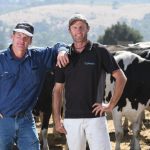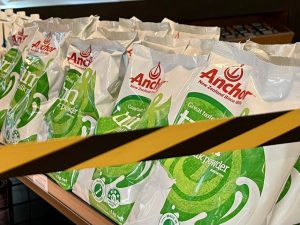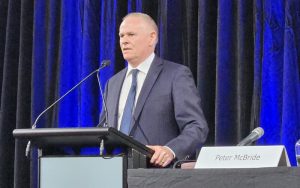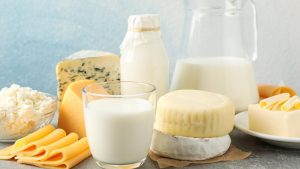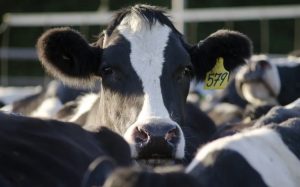
Prices posted were on their eighth successive auction gain; overall prices rose 1.9% and key whole milk powder prices jumped 4%. Butter and casein prices led the gains, surging 9.7% and 9.3% respectively.
The price lift was ”somewhat of a double-edged sword” as ASB was also cutting its 2018-19 production growth forecast from 5% to 3%, ASB senior rural economist Nathan Penny said.
On a net income basis, the changes were positive for the dairy sector as a whole. The bank estimated they added up to about a $450 million rise in forecast nationwide dairy incomes, for all suppliers, for the season.
There would be significant variation on a regional basis based on the severity of the hot and dry weather in each region, he cautioned.
Slowing New Zealand production growth was compounding sluggish production offshore. Dairy production was falling in Australia while EU and US production growth was a modest 1% per annum or so.
Global dairy stocks were now much lower than in previous years. Lower stocks meant less of a buffer for dairy markets in the event of any supply shock. Global demand was also firm, particularly in Asia.
The 2019-20 season was shaping up strong and ASB saw upside risk to its already bullish milk price forecast of $7.
However, that season was yet to begin and so the forecast came with a very wide range, Mr Penny said.
Westpac senior economist Anne Boniface said this week’s rise in prices was probably supported by the sharp downward revision to Fonterra’s milk collections forecast this season.
Fonterra was now only expecting its milk collections to be up 0.3% this season, a much weaker forecast than the 2% growth it was expecting just a few weeks ago.
Given the strength in milk production up until January, that implied Fonterra was expecting very weak milk collections over the remainder of the season. Westpac was ”not quite so pessimistic”, she said.

